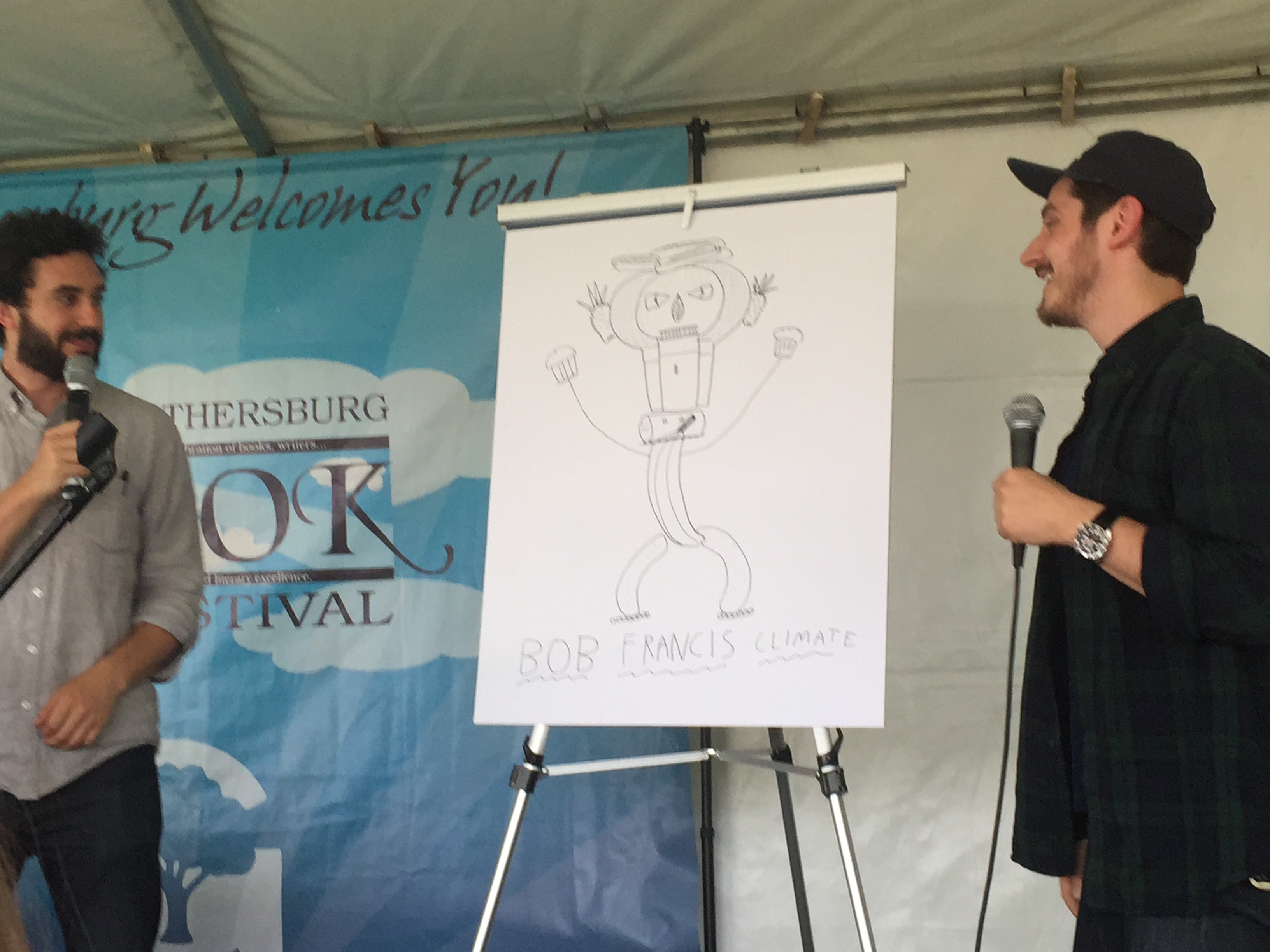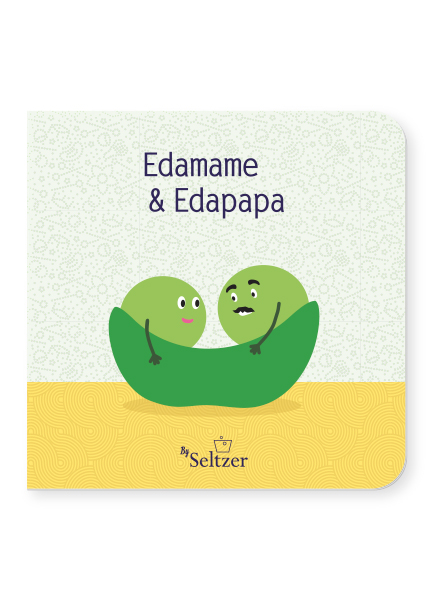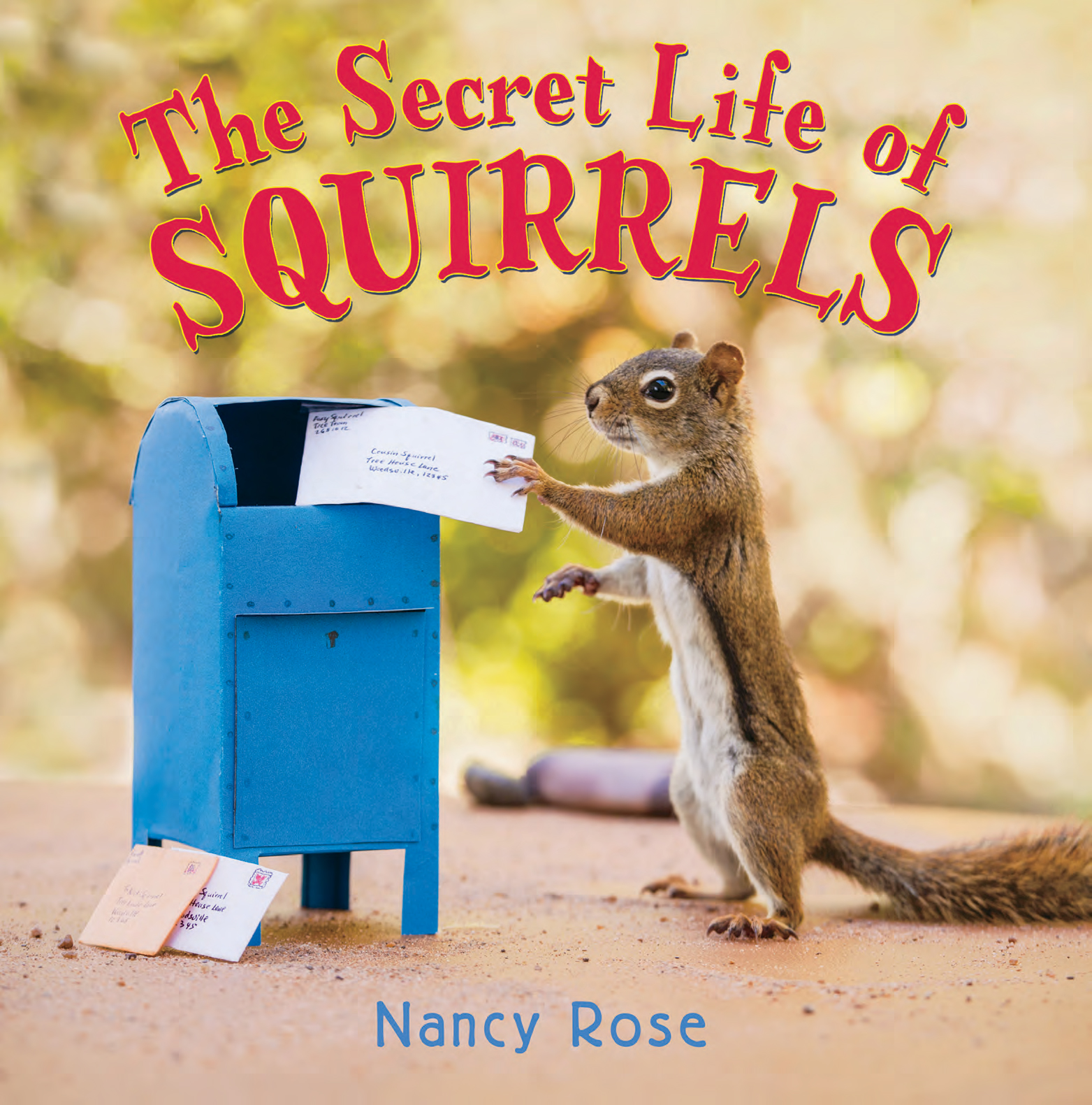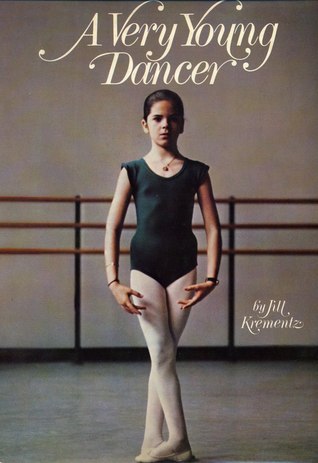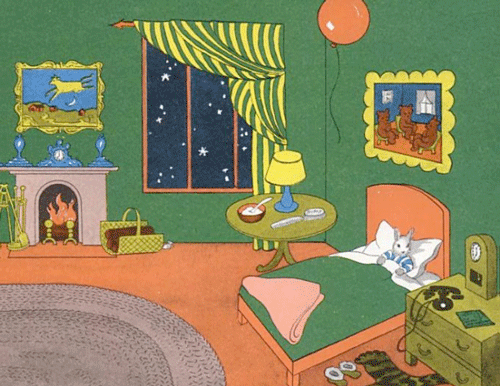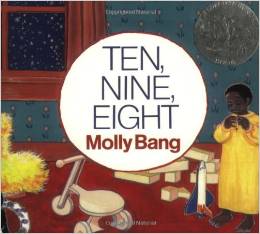Hearing one of your favorite authors speak is one of the great joys of being a fan of authors who are still alive. For such purposes, we have the huge National Book Festival in D.C. Unfortunately, while it’s still attracting amazing authors, it hasn’t been nearly as appealing since it moved off the National Mall to the Convention Center. While it was easy to stand in the back of an outdoor tent and leave if Sprout got fussy, it’s much more difficult to be adaptable in a smallish, packed room. Fortunately, we’ve found a less glamorous but more inviting alternative – the Gaithersburg Book Festival. As Gaithersburg – the suburb just north of us – isn’t exactly known for its high culture or literary scene, I didn’t expect much. But my low expectations turned into pleasant surprise when we attended the Gaithersburg Book Festival last weekend.
Walking in, there were two very welcome things I noticed that the National Book Festival doesn’t have. The first was a gaggle of local food trucks serving a huge diversity of food. The National Book Festival has a couple of crummy tents selling boring tourist food like hot dogs and terrible pizza, so this was a big step up. We brought a picnic because we were trying to stay cheap, but I appreciated their presence.
The second was a table run by Book Crossing, a worldwide network of people who want to share and trade books with each other for free. Because I’m ridiculously susceptible to the lure of free books, I browsed the kids’ table. It doesn’t count if it’s for my son, right? I picked up a counting book with lovely nature photos (Counting on the Woods) and was moved to see that it was in honor of a little girl who had passed away. Reading her story on the family’s Facebook page , I was almost brought to tears. She was from suburban Virginia and died after getting hit by a car while riding her bike. As a family biking advocate and someone who wants the roads to be safe for everyone, I am both saddened by the circumstance and honored to be able to celebrate this little girl’s memory through this book.
Strolling through the Park that hosted the Festival, I was struck by how much larger it was than I expected. There were tents beyond tents, a sea of white points dotting the landscape. The children’s area was almost as large as the National Book Festival. While they didn’t have an entire Magic School Bus trailer or PBS tent, they did have Clifford the Big Red Dog, a whole tent of kids’ entertainment, and most importantly, a fenced playground. The tents were also a lot smaller, which made it much easier to hear and see the authors.
We wandered by the children’s entertainment tent just as they started a puppet show of Where the Wild Things Are. It was a very different set-up than I had ever seen – they used paper cut-outs of the characters, switching out the backdrops and lighting as the scenes changed. The puppetry was pretty simple, with the puppeteers wiggling around characters on sticks, but it was effective enough. Instead of having the characters speak, a narrator read the book, accompanied by music. Hilariously, the parts in the land of the Wild Things had an arrangement of In-A-Gadda-Da-Vida as the background music! Not what I would have chosen, but its melodic darkness was surprisingly appropriate.
Next, we caught the ending of a talk by the author of Goatilocks and the Three Bears. The author recruited a few members of the audience to play the various parts in her book, including the three bears, the eponymous goat, and the house itself. As more than half of the “actors” were kids who didn’t quite know what was going on, it was pretty adorable. In the background, they showed the book’s illustrations, which involved said goat gobbling down not only Baby Bear’s porridge, but also his chair and bed!
Finally, the talk our family was waiting for arrived – the author and illustrator of Dragons Love Tacos! This book is so beloved that Sprout renamed Figment the Dragon to Taco because of it. The collaborators (Adam Rubin and Dan Salmieri) are a couple of youngish guys, close to Chris and my age. They joked that they knew what kids thought were funny not because they had kids but had never really grown up. (I admit that’s one reason I love reading to Sprout. At least the first time, most of his books are pretty awesome.) As an example, they mentioned that when they first met, one brought the other a taxidermied squirrel as a present, toting it around town the entire night. Anyone who has the guts to do that deserves some credit in my book.
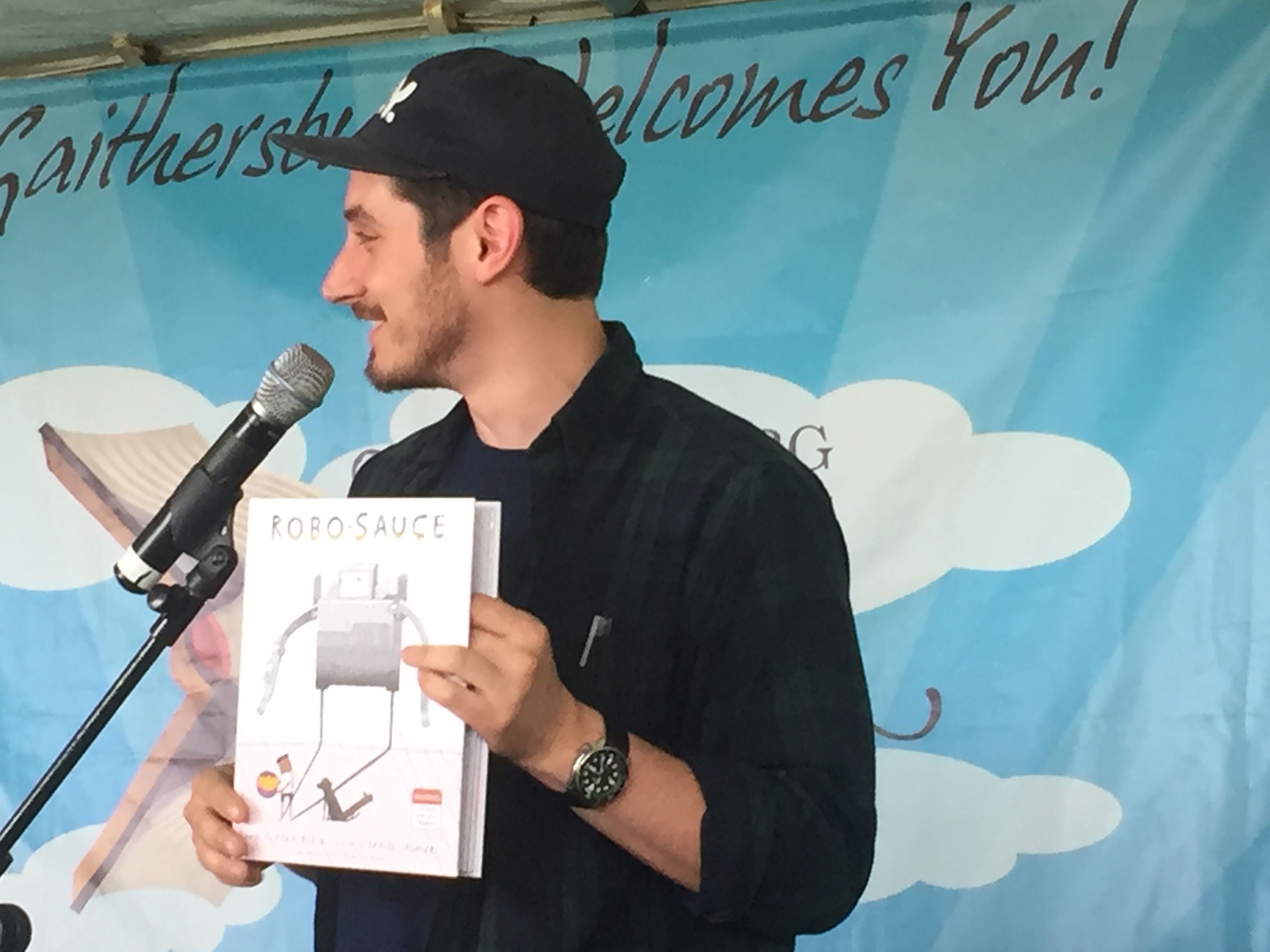
They then offered us the first look anyone in the general public had at their new book to be released in September, Robosauce. Unlike Dragons Love Tacos, I immediately loved this book. I won’t ruin it, but it has a surprising and cool twist that makes it both unlike any children’s book I’ve ever seen and very much in the new tradition of using books as objects in ways that iPads can’t replicate. We’ll definitely be picking it up for Sprout when it comes out.
To keep the energy up – an hour-long talk for kids is long – they played a game. They asked members of the audience to name different objects that could be body parts of a monster, from a monster’s hair to its ears to its feet. The kids came up with some very interesting answers, from microphones for a head to cupcakes for hands. The best one was a oil tanker car for a neck, which was promptly followed by a very loud, long train whistle – the park backs right up to the railroad. As the kids volunteered ideas, Salmieri drew a cobbled-together beast, which ended up looking rather scary-adorable.
To wrap up our time at the festival, we made a stop at the playground while Chris got Sprout’s book signed and then headed out via the book tent. We already own Dragons Love Tacos, but I wanted to buy Sprout a commemorative book from the festival. In celebration of spring and gardening, I picked up Up in the Garden and Down in the Dirt. The Gaithersburg Book Festival tent also had three major advantages over the one at the National Book Festival. It was run by Politics and Prose, one of our very few local bookstores, whereas the National one is run by Barnes and Noble. It had a little kids’ corner with chalk and crayons, which was great while we were waiting for Chris to check out. Lastly, it had a program where you could buy a book for the Book Festival to donate to a needy family. We decided to share the Dragons Love Tacos love with another kid who might not have his or her own library at all.
While I didn’t know what the Book Festival was going to be like at first, I appreciated its geographical closeness to us (rather than having to haul all the way into D.C.), intimacy, and kid-friendliness. We’re very fortunate to have such a great celebration of books so nearby!


